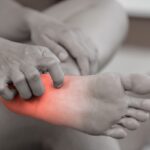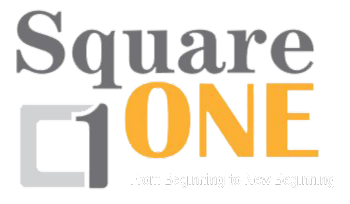Infrared Energy Improves Wound Healing In Patients with Diabetic Peripheral Neuropathy
Diabetic ulcers, such as those found in patients with diabetic peripheral neuropathy, are difficult to manage and often do not heal. Traditional medical treatments have shown little success. However, new FDA-cleared infrared energy (IRE) has been shown to improve wound healing in patients who have experienced failed treatments in the past.

Improved wound healing, with the use of infrared energy, is believed to be related to increased circulation. Infrared energy increases nitric oxide (NO) in the blood of normal adults. It’s believed that through the increased production of NO, IRE may benefit patients with venous and diabetic ulcers. In addition to patients with slow wound healing after an amputation.
Colorado Study Using IRE for Wound Healing
A Colorado study found success using IRE in patients who previously had failed conventional wound management over the past months to years. These patients were recruited from Denver Veterans Affairs Medical Center and Denver Health Medical Center. Each patient was instructed on how to use an infrared energy device at home for 30 minutes each day. The patients were also instructed to discontinue their previous treatments. The IRE device prescribed was cleared by the FDA in 1994 for the purpose of enhancing circulation and reducing pain.
Patients with diabetic neuropathy may have initial symptoms like: loss of sensation (Can’t feel your feet?), decreased circulation (Feet going cold?), decreased balance (Difficult to walk?), increased pain in the feet with walking or standing (Walking on pins and needles?), or difficulty sleeping because of pain in their hands and feet. As diabetic neuropathy progresses, the ability of the body to heal wounds decreases which frequently leads to diabetic ulcers, in which severe cases can lead to amputation.

The picture labeled C shows a patient with a venous ulcer that existed for 13 years prior to using IRE. The picture labeled D shows the same patient after using the IRE for 30 minutes a day for 2 years.
Standard medical treatments for neuropathy are prescription medications aimed at reducing only the symptoms. The most commonly prescribed medications are: Gabapentin, Lyrica, Neurotin, and Cymbalta. These treatments do nothing to address the cause of neuropathy and come with several side effects including: dizziness, dry mouth, nausea, vomiting, diarrhea, mood changes, swollen arms and legs, and blurred vision; to name a few.
It’s preferred to treat patients before they get to the point of poor wound healing and ulcers. Therefore, one of the treatments for neuropathy we use is Anodyne light therapy. Anodyne therapy uses inferred energy to increase blood flow, decrease inflammation, and stimulate the body’s cellular repair process. The Anodyne therapy is performed at home up to 2 times a day for 30 minutes; it is typically combined with other treatment methods that we would love to discuss with you.
For more information on Anodyne IRE therapy or options for neuropathy treatment in Fort Collins call 970-207-4463 or click here to schedule a free consultation.
